Today
10:00 - 17:00
10:00 - 17:00
openinghours.days.long.tuesday Open till openinghours.days.long.wednesday openinghours.openfromto.long
openinghours.days.long.thursday openinghours.openfromto.long
openinghours.days.long.friday Open till openinghours.days.long.sunday openinghours.openfromto.long
openinghours.days.long.monday closed
openinghours.days.long.tuesday Open till openinghours.days.long.wednesday openinghours.and openinghours.days.long.friday openinghours.openfromto.long
openinghours.days.long.thursday openinghours.openfromto.long
openinghours.days.long.saturday Open till openinghours.days.long.monday closed
Good Friday 18.04.2025 all day
Kars Saturday 19.04.2025 10:00 - 17:00
Easter 20.04.2025 10:00 - 17:00
Easter Monday 21.04.2025 10:00 - 17:00
Sechseläuten 28.04.2025 closed
Labour Day 01.05.2025 10:00 - 19:00
International Museum Day 18.05.2025 10:00 - 17:00
Ascension Day 29.05.2025 10:00 - 17:00
Whitsun 08.06.2025 10:00 - 17:00
Whit Monday 09.06.2025 10:00 - 17:00
Swiss National Holiday 01.08.2025 10:00 - 17:00
Long Night of the Museums 06.09.2025 10:00 - 17:00
18:00 - 23:59
Long Night of the Museums 07.09.2025 0:00 - 2:00
10:00 - 17:00
Knabenschiessen 15.09.2025 closed
Family Day 19.10.2025 10:00 - 17:00
22.12.2025 10:00 - 17:00
23.12.2025 10:00 - 17:00
Christmas Eve 24.12.2025 10:00 - 14:00
Christmas 25.12.2025 10:00 - 19:00
St. Stephen´s Day 26.12.2025 10:00 - 17:00
27.12.2025 10:00 - 17:00
28.12.2025 10:00 - 17:00
29.12.2025 10:00 - 17:00
30.12.2025 10:00 - 17:00
New Year´s Eve 31.12.2025 10:00 - 17:00
New Year´s Day 01.01.2026 10:00 - 19:00
Saint Berchtold 02.01.2026 10:00 - 17:00
accessibility.openinghours.special_opening_hours.link
Show all10:00 - 17:00
openinghours.days.long.tuesday Open till openinghours.days.long.wednesday openinghours.openfromto.long
openinghours.days.long.thursday openinghours.openfromto.long
openinghours.days.long.friday Open till openinghours.days.long.sunday openinghours.openfromto.long
openinghours.days.long.monday closed
openinghours.days.long.tuesday Open till openinghours.days.long.wednesday openinghours.and openinghours.days.long.friday openinghours.openfromto.long
openinghours.days.long.thursday openinghours.openfromto.long
openinghours.days.long.saturday Open till openinghours.days.long.monday closed
Good Friday 18.04.2025 all day
Kars Saturday 19.04.2025 10:00 - 17:00
Easter 20.04.2025 10:00 - 17:00
Easter Monday 21.04.2025 10:00 - 17:00
Sechseläuten 28.04.2025 closed
Labour Day 01.05.2025 10:00 - 19:00
International Museum Day 18.05.2025 10:00 - 17:00
Ascension Day 29.05.2025 10:00 - 17:00
Whitsun 08.06.2025 10:00 - 17:00
Whit Monday 09.06.2025 10:00 - 17:00
Swiss National Holiday 01.08.2025 10:00 - 17:00
Long Night of the Museums 06.09.2025 10:00 - 17:00
18:00 - 23:59
Long Night of the Museums 07.09.2025 0:00 - 2:00
10:00 - 17:00
Knabenschiessen 15.09.2025 closed
Family Day 19.10.2025 10:00 - 17:00
22.12.2025 10:00 - 17:00
23.12.2025 10:00 - 17:00
Christmas Eve 24.12.2025 10:00 - 14:00
Christmas 25.12.2025 10:00 - 19:00
St. Stephen´s Day 26.12.2025 10:00 - 17:00
27.12.2025 10:00 - 17:00
28.12.2025 10:00 - 17:00
29.12.2025 10:00 - 17:00
30.12.2025 10:00 - 17:00
New Year´s Eve 31.12.2025 10:00 - 17:00
New Year´s Day 01.01.2026 10:00 - 19:00
Saint Berchtold 02.01.2026 10:00 - 17:00
accessibility.openinghours.special_opening_hours.link
Show all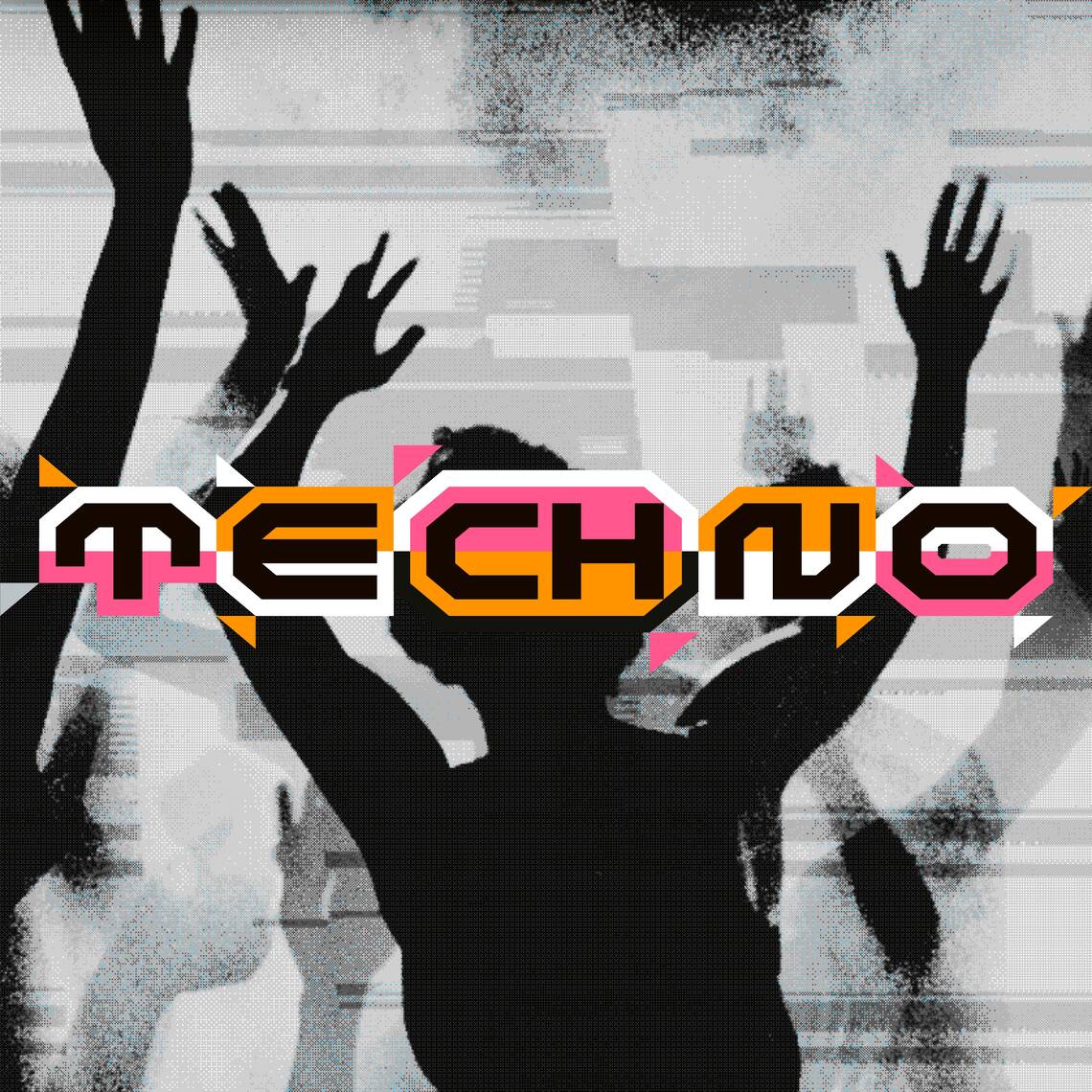
21.03. – 17.08.2025
Techno is more than just hard bass: along with the music, which has spawned numerous subgenres, techno culture embraces fashion, graphic art, design and dance. The first techno tracks, such as Juan Atkins’s “No UFO’s”, inspired by science fiction and produced using a drum machine, reflect the technological developments and zeitgeist of the 1980s. That was the decade in which techno began spreading from Detroit, eventually making its way to Europe and also to Switzerland. Techno events were held early on in Switzerland, making it a magnet for top international DJs. Thanks to the Street Parade in Zurich, one of the largest and most prominent techno events anywhere, techno culture has become part of Switzerland’s living traditions. At its core lies the communal dance experience. Venues include clubs, disused industrial buildings and even the great outdoors. These are safe spaces in which ravers are free to express themselves and make their mark on the dance floor in DIY outfits. But as well as celebrating peace, love and tolerance, techno has its challenges, including noise complaints, drug abuse and gentrification.
The exhibition at the National Museum Zurich shines a spotlight on a culture still embraced enthusiastically by millions of people around the world today. Video and audio installations in a setting designed to look like a record shop take visitors on a journey through the evolution of electronic sound and let them explore the social, political, economic and aesthetic dimensions of techno culture in Switzerland.
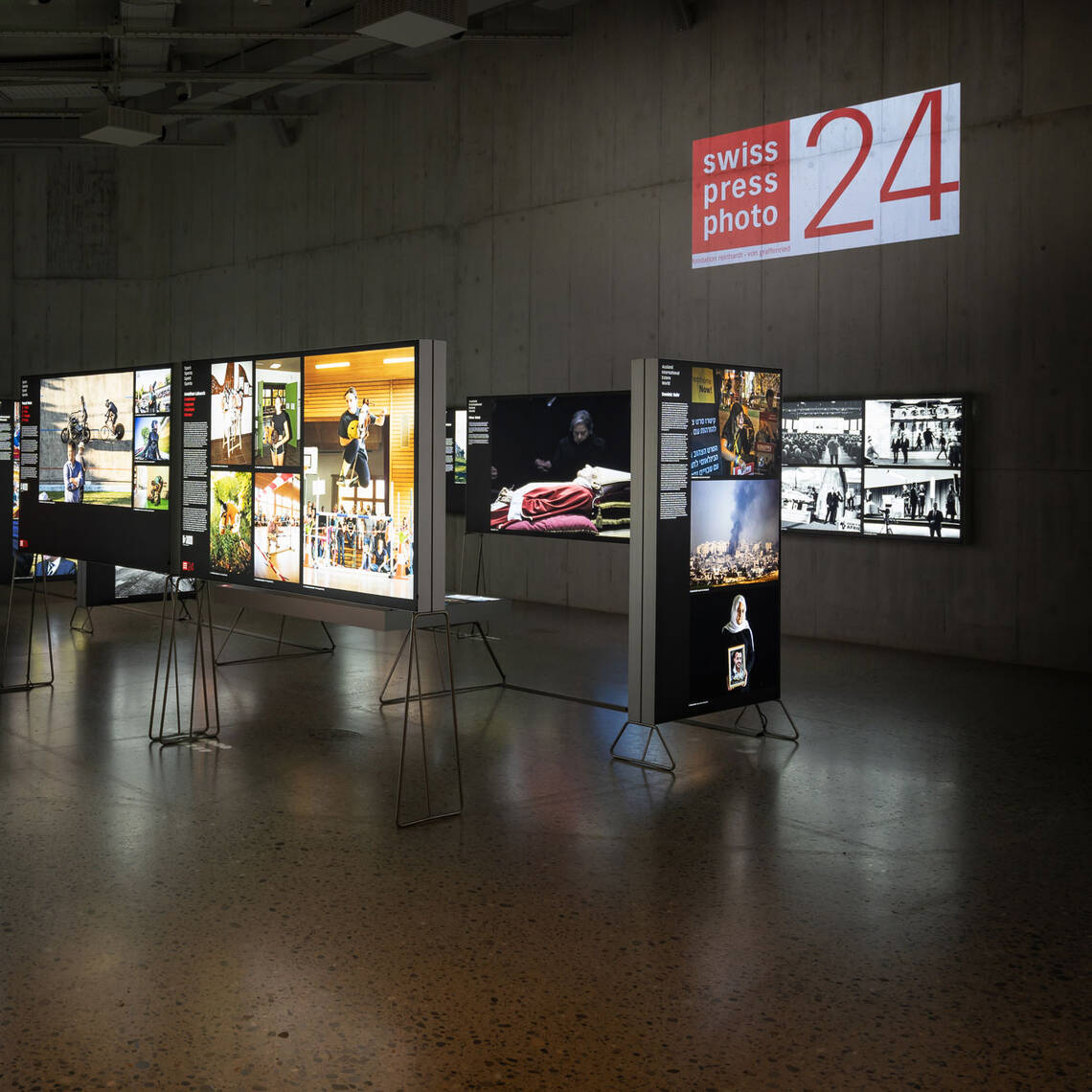
09.05. – 29.06.2025
For years, ‘Swiss Press Photo’ has been presenting the best Swiss photojournalism from the previous twelve months in the categories News, Daily life, Swiss stories, People, Sports, and World. The photographs are selected by a national jury and provide an impressive close-up on some of the key moments of 2024.

09.05. – 09.06.2025
‘World Press Photo 2025’ zooms in on world events. International juries pick out the best press photos from tens of thousands of submissions. The exhibition provides a look back at the global events of 2024 and allows us to take a step back from the fast-moving news cycle, to consider world events from a fresh perspective, and to critically reflect on them.

13.06. – 09.11.2025
Although Switzerland has no royal tradition, royal families have long held a certain fascination for the Swiss; not least because they brought pomp and splendour to the country and celebrated their power there. Many crowned heads of state have visited Switzerland since the 19th century. For example, King Ludwig II of Bavaria was so taken by the William Tell story that he travelled to Lake Lucerne in 1865 and wanted to buy the Rütli meadow so he could build a castle on it. Then there was Charles-Louis Napoleon Bonaparte, nephew of the great Napoleon I and subsequently Emperor of the French, who spent a lot of his childhood at Arenenberg Castle after his family went into exile. Charles-Louis spoke with a proper Thurgau accent and attended military school in Thun. The fate of Sisi, Empress of Austria, is among the best known and most poignant experiences of a royal in Switzerland. She often visited the country for rest and recuperation, and was murdered in Geneva in 1898. All royal visits, whether by an emperor, empress, king, queen, prince or princess, and for whatever reason, whether politics, business or personal, had one thing in common: they triggered – both then and now – immense excitement and fascination among the Swiss public. The exhibition demonstrates this through many pictures and exclusive possessions of these bluebloods.
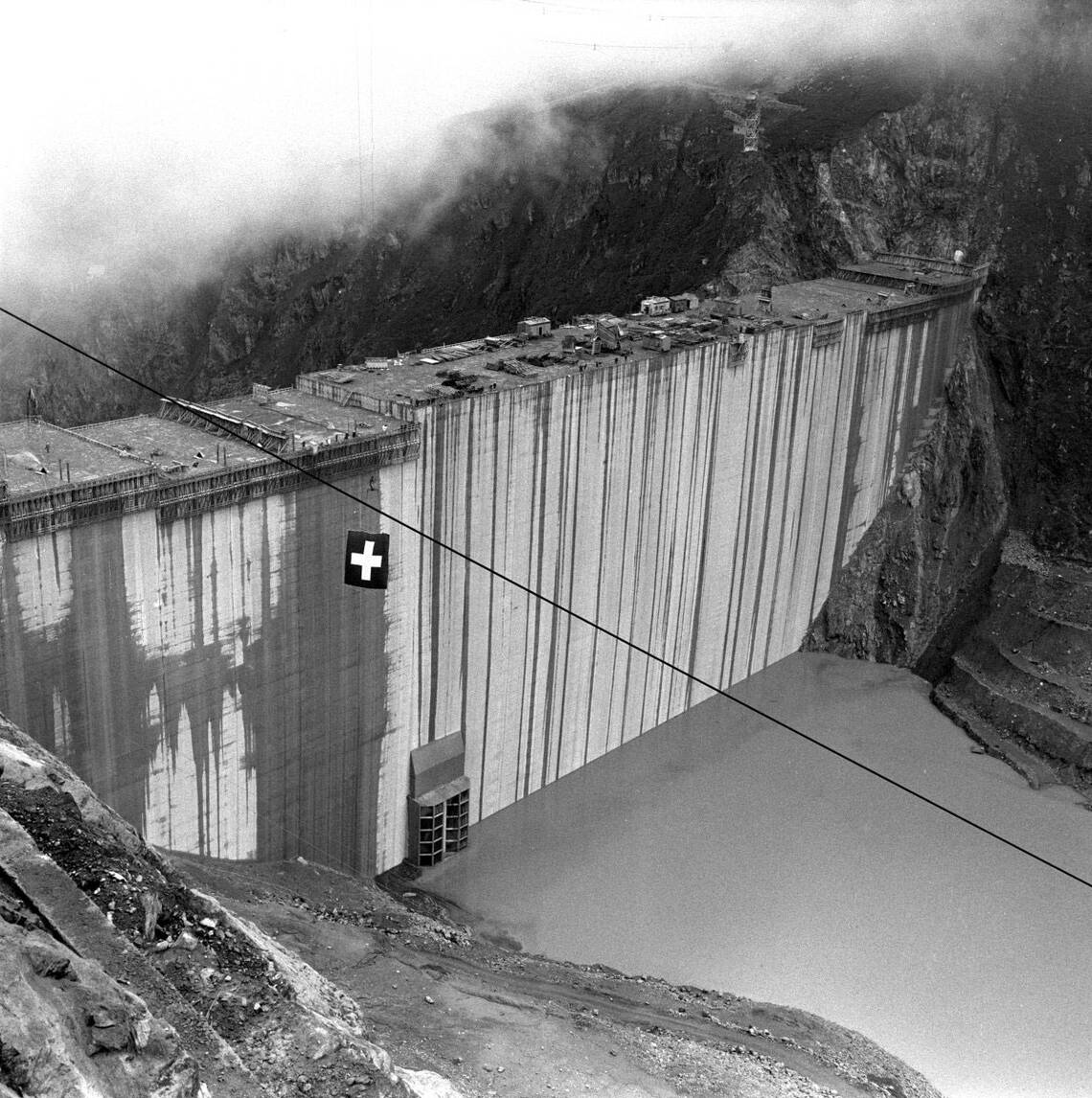
11.07. – 26.10.2025
The 1950s saw a sharp rise in demand for electricity, including in Switzerland. Dams started to be built in the Alps on a grand scale. Once-in-a-generation projects such as the Grande Dixence dam, but also the flooding of the village of Marmorera in 1954 and the Mattmark disaster in 1965, fundamentally changed the lives of people in the Alpine regions. The video installation looks at the economic momentum, recalls the political disputes and addresses the logistical challenges. Contemporary witnesses talk about their various experiences relating to hydropower in the Alps, from the incredible feats of engineering to the tough working conditions on the construction sites. They describe the expansion of the infrastructure, but also how it impacted the world they lived in. And they look back at the resistance movement that developed against resettlement and at the calls for environmental protection.
About the format
Sometimes objects fail to tell the full story behind formative developments in Switzerland’s recent past. The ‘Experiences of Switzerland‘ format focuses on contemporary witnesses. Their fates and experiences, which in most cases are not found in any archives or records, provide visitors with a multifaceted and emotional insight into Swiss history. Featuring a different topic every year, the format does away with exhibits and consists of a large-format, immersive projection with sound delivered through headphones. Meanwhile, an exploration station features information on the latest research findings in the area and places the topic in its cultural-historical context.
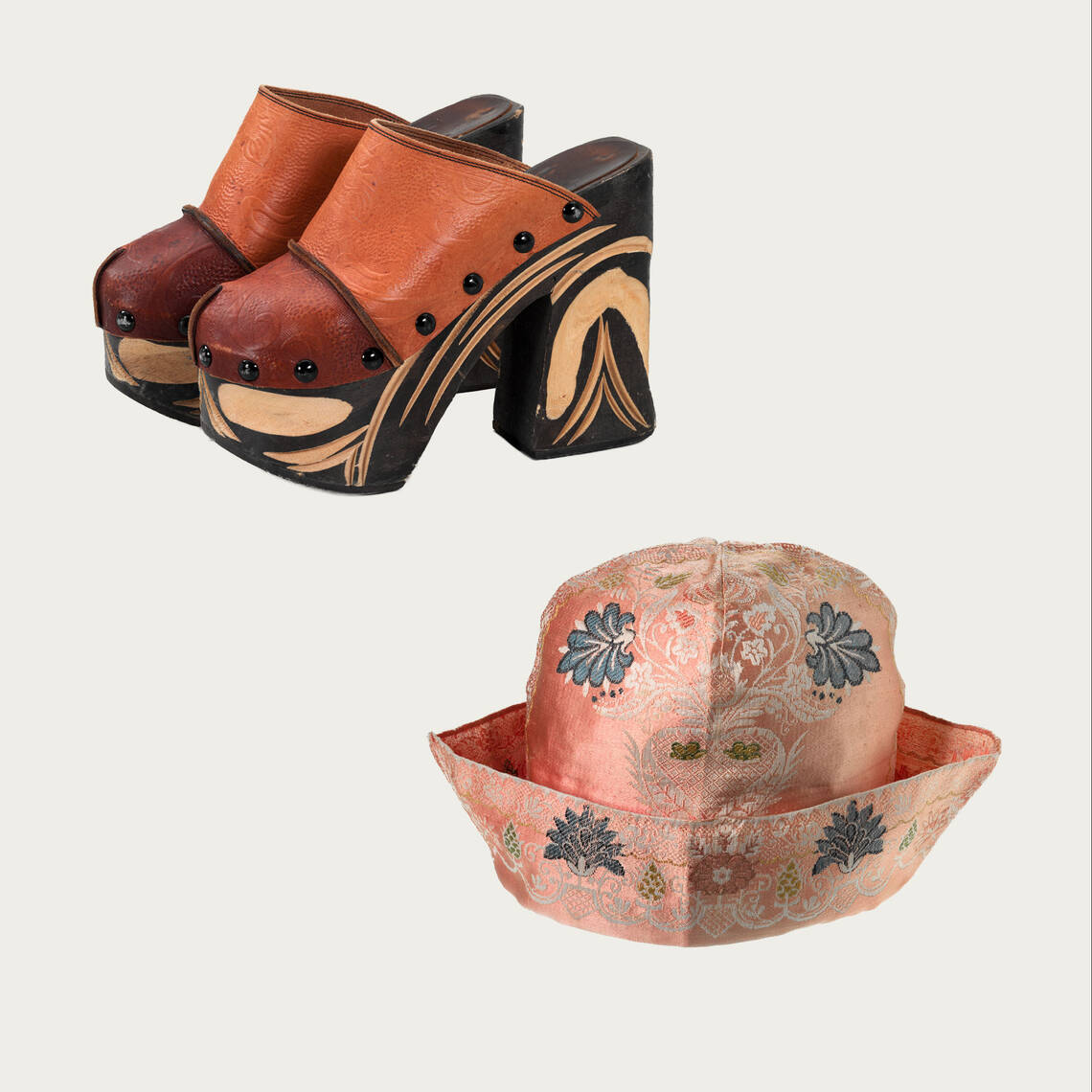
18.07.2025 – 12.04.2026
Accessories have always been more than mere decoration: hats, scarves, gloves, bags and shoes reflect social, political and religious affiliation, denote power and status, protect and give form to the body, or represent the latest fashions. The exhibition features items from the Swiss National Museum collection to show how accessories are shaped by social change. From the strict dress codes of the early modern period to current-day trends that play with gender norms, the exhibition takes a look at fashion history from head to toe.
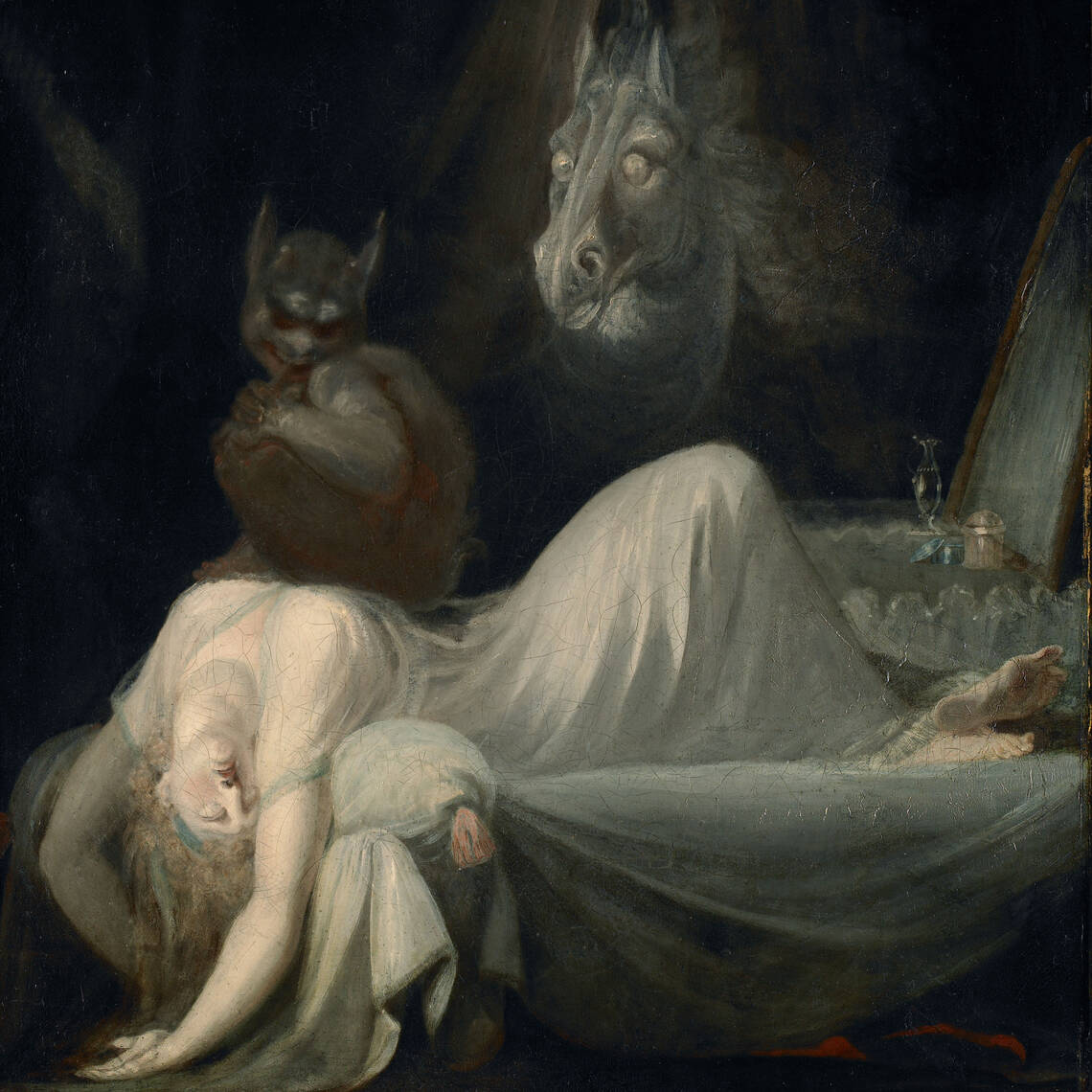
17.10.2025 – 15.02.2026
Switzerland has been home to a number of soul searchers over the years, such as Jean-Jacques Rousseau, Friedrich Nietzsche and Carl Gustav Jung. Developments in psychiatry and psychoanalysis have a close association with Switzerland, which is still in evidence today, for example the pioneering Rorschach test, Ludwig Binswanger’s Daseinsanalysis or Jung’s analytical psychology. To mark the 150th birthday of C. G. Jung, the National Museum Zurich is presenting its first comprehensive exhibition covering the history of the exploration of the human psyche in Switzerland. The main exhibit is the legendary ‘Red Book’ in which C. G. Jung made his notes during an intense spell of self-reflection. Art also helps open doors to the mind with visionary works by Johann Heinrich Füssli, Emma Kunz, Rudolf Steiner, Meret Oppenheim and Thomas Hirschhorn. This provides a psychological panorama covering every region in Switzerland, in which the connection between mind and landscape is presented in impressive fashion.
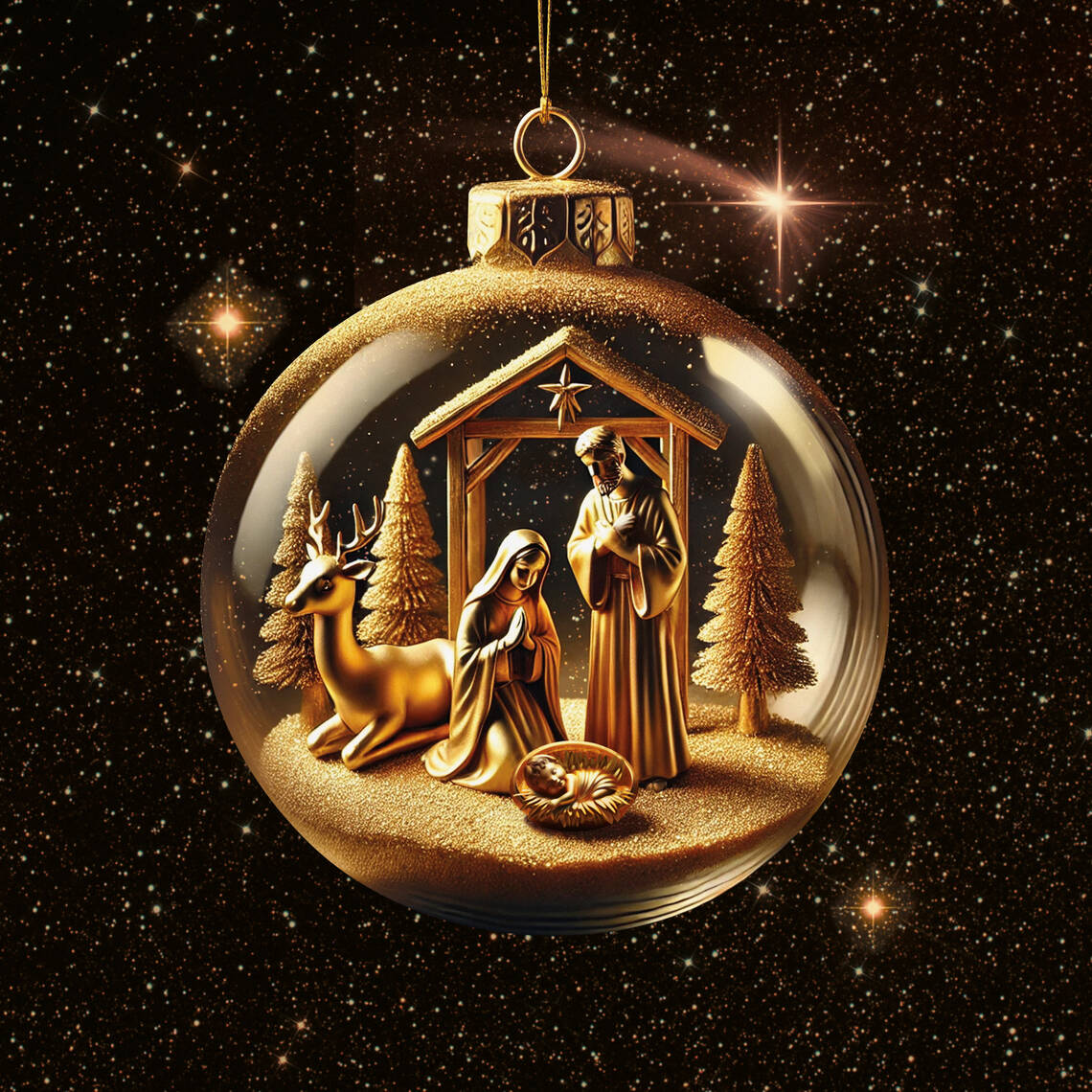
14.11.2025 – 04.01.2026
The traditional nativity scene exhibition brings a festive atmosphere to the National Museum Zurich. Each year, a special focus illuminates a particular aspect using selected historical and modern nativity scenes. As always, the exhibition will be accompanied by a varied supporting programme for the whole family.

19.12.2025 – 20.04.2026
Even in the pre-industrial era, children made a vital contribution to the family economy, whether in the home, on the land or in cottage industries. With the advent of industrialisation, children – particularly those from poor families – were exploited in textile factories as cheap labour. They worked long hours, performed dangerous or hazardous tasks, and were often unable to attend school. From the 1830s, the cantons gradually introduced compulsory education. In 1877, the Federal Factory Act banned children under 14 from working. Nevertheless, children were still kept busy, whether in the home or in agriculture. The exhibition looks at how children in forced foster care and institutions were forcibly taken from their families and made to work. It also highlights those who campaigned for children’s education and protection and considers the topic from a modern-day perspective.